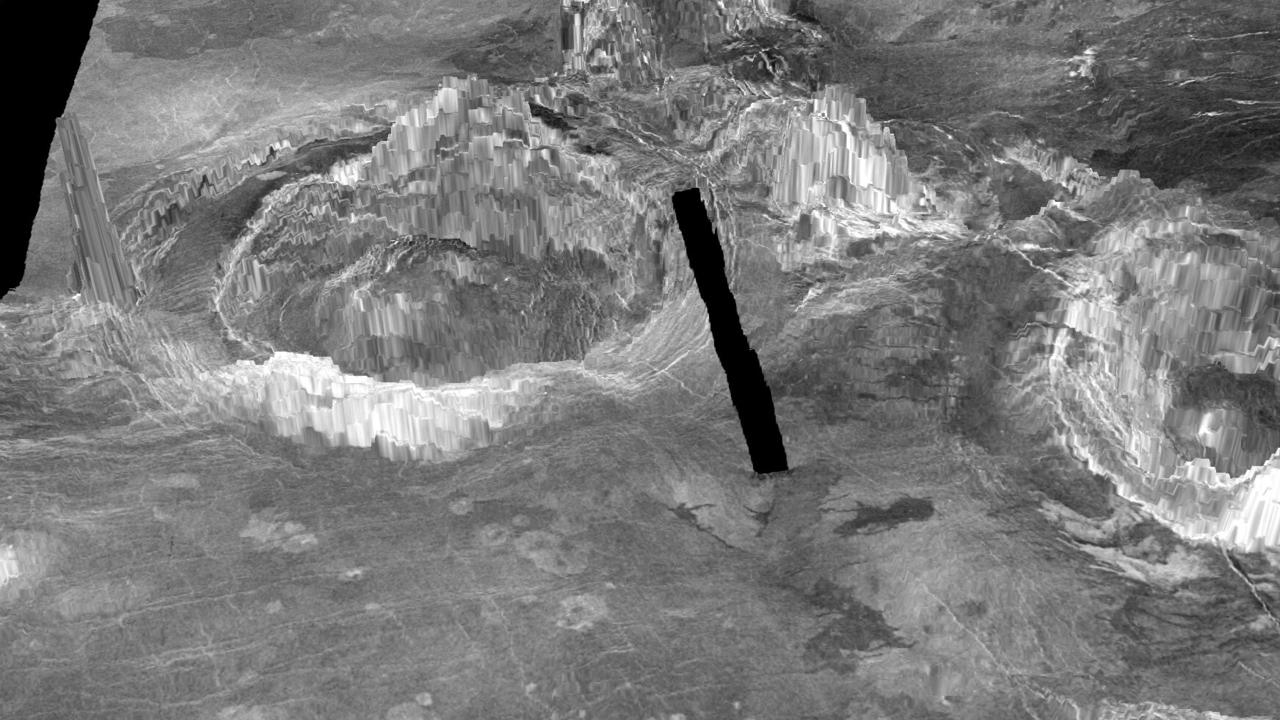Scientists discover still active volcanoes on Venus
Scientists have found signs of geological activity on our closest neighbour in the solar system, thought to have ceased long ago.
Our closet planet is home to more than three dozen recently active volcanoes, joining other nearby planets with the status of being geologically active.
Earth is the most geologically active planet we know of (though to be fair we’ve had a lot longer to examine it and notice things like active volcanoes, which often point themselves out).
But scientists have just identified 37 recently active volcanoes on Venus.
“This is the first time we are able to point to specific structures and say, ‘Look, this is not an ancient volcano but one that is active today, dormant perhaps, but not dead,’” University of Maryland geology professor Laurent Montési said.
“This study significantly changes the view of Venus from a mostly inactive planet to one whose interior is still churning and can feed many active volcanoes.”
RELATED: ‘Campfires’ in closest photo of sun
RELATED: Probe set for Mars after historic launch

RELATED: Planets you can see with no telescope
RELATED: Want to smell like you’re from space?
Professor Montési and his colleagues at the Institute of Geophysics at Switzerland’s ETH Zurich university have published their findings in the peer-reviewed journal Nature Geoscience .
It was previously thought Venus’ core had sufficiently cooled down and that previous evidence suggesting geological activity was ancient history.
But the researchers used new models showing thermo-mechanic activity beneath the surface of Venus to identify the characteristics of recent activity.
The planet’s surface features ring-shaped coronae, formed when plumes of hot material from the core of the planet breaks through the mantle and crust.
Scientists have been debating their formation and origin for decades, but the new models in the latest study show that some of those coronae are more advanced than others, showing different stages in the geographical development of the planet.
RELATED: ‘Crippling force’ bursts NASA rocket

“The improved degree of realism in these models over previous studies makes it possible to identify several stages in corona evolution and define diagnostic geological features present only at currently active coronae,” Professor Montési said.
“We are able to tell that at least 37 coronae have been very recently active.”
It’s the first evidence so far that the planet and its coronae are still evolving, which suggests the hot interior of the planet is still active.
Mercury and Mars have both shown signs of ongoing geological activity in recent years too.



